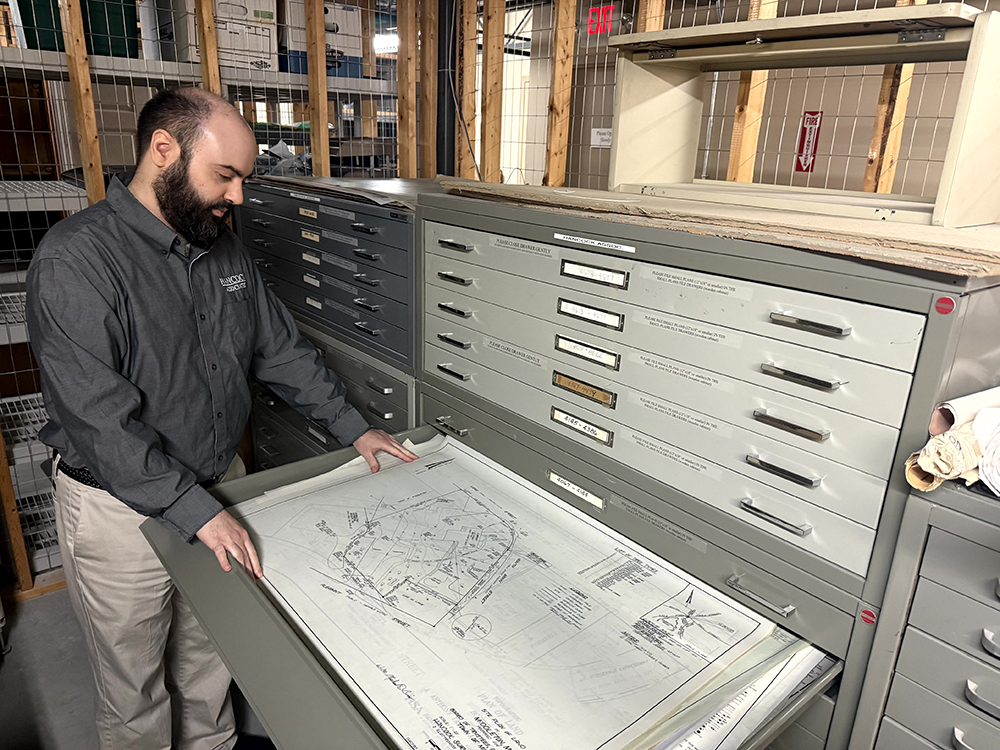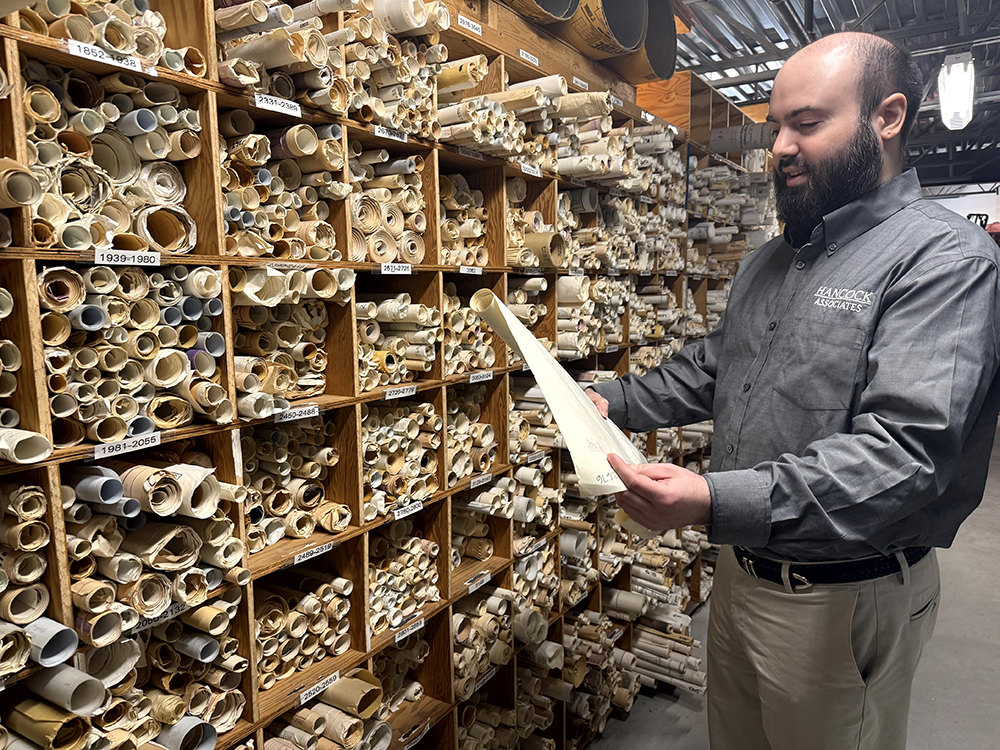
When most people think of infrastructure, they envision roads, bridges, and utility lines, but beneath it all is a foundation which is often invisible to most eyes: survey data. Deeds, field notes, and plans all serve as the legal and historical precedence for each piece of property. Without them, nothing can be built, bought, or sold with complete confidence, yet it’s easy to ignore the significance of a line drawn on an old, wrinkled piece of paper from decades ago until it becomes the determining factor in a border dispute or the key to unlocking delayed construction. These records tell you not just where the lines are, but also how they got there. They capture the intent, actions, and situations of previous surveyors, giving essential context that modern measurements cannot always provide. After all, when someone wants to know why a property line veers off in an odd direction or whether a stone wall was intended to indicate an end or a midpoint, archival records are often the answer.

However, these materials are fragile. Paper deteriorates. Ink fades. Companies go out of business. Without digital preservation, we risk losing not only technical data, but also the collected wisdom and expertise from generations of New England surveyors. That is why the effort of digitally archiving survey data is important, not only for the surveyor’s records, but for every homeowner, developer, and attorney who relies on accurate property records from a variety of sources. This is where the act of digital preservation becomes crucial.
Yet it is not easy to digitize such records. From fragile linen, to disintegrating plan paper, to field books that have become faded, we’re working with materials that span decades, sometimes even more than a century. Each document undergoes a meticulous procedure that includes flattening if it is curled, cleaning if it can be salvaged, high-resolution scanning, and metadata cataloguing to ensure future users can locate exactly what they need. Preservation, retrievability, and peace of mind are the outcomes of this laborious and sometimes boring task, but records that were previously stored in banker boxes or rusted cabinets are now easily retrievable, safely backed up, and prepared to support the upcoming generation of surveyors, engineers, lawyers, and real estate professionals. What once took hours digging through boxes and cabinets only takes a few clicks on a computer.

When you work towards archiving survey data, you begin to notice trends in the stories they tell along with the property lines. You see the traces of surveyors from years past who were passionate about their documentation, their overall accuracy, and of the land itself. You understand that if we don’t take action to preserve it, that legacy will just fade away.
Therefore, to help preserve the legacy of New England’s surveyors, it is critical that decisions made today and in the future are founded on well-intended and determined principles, with a solid foundation. By digitally preserving these records, we not only conserve the data, but also the hidden infrastructure of real estate, which can make all the difference in a profession where every inch counts and time is often of the essence.
Travis Yacovitch is an archivist at Hancock Associates, Danvers, Mass.
